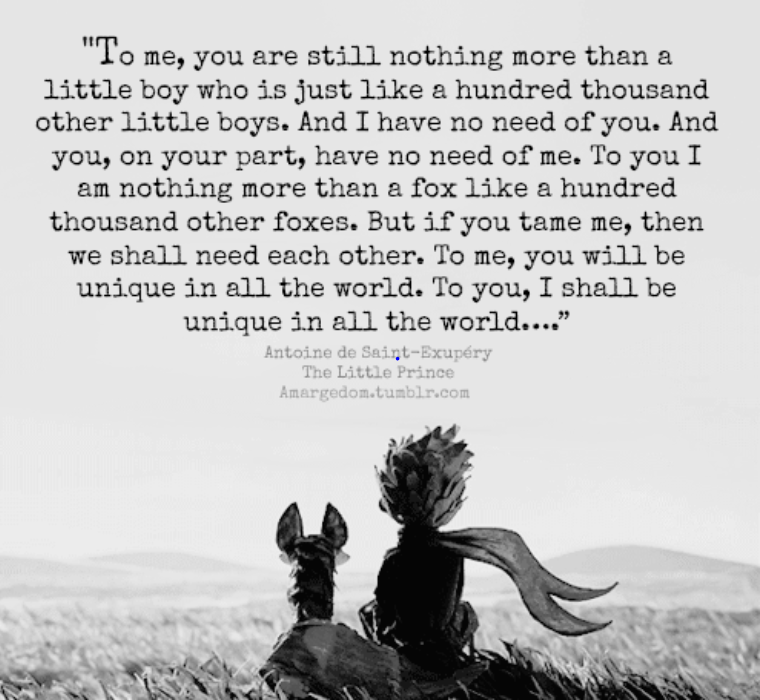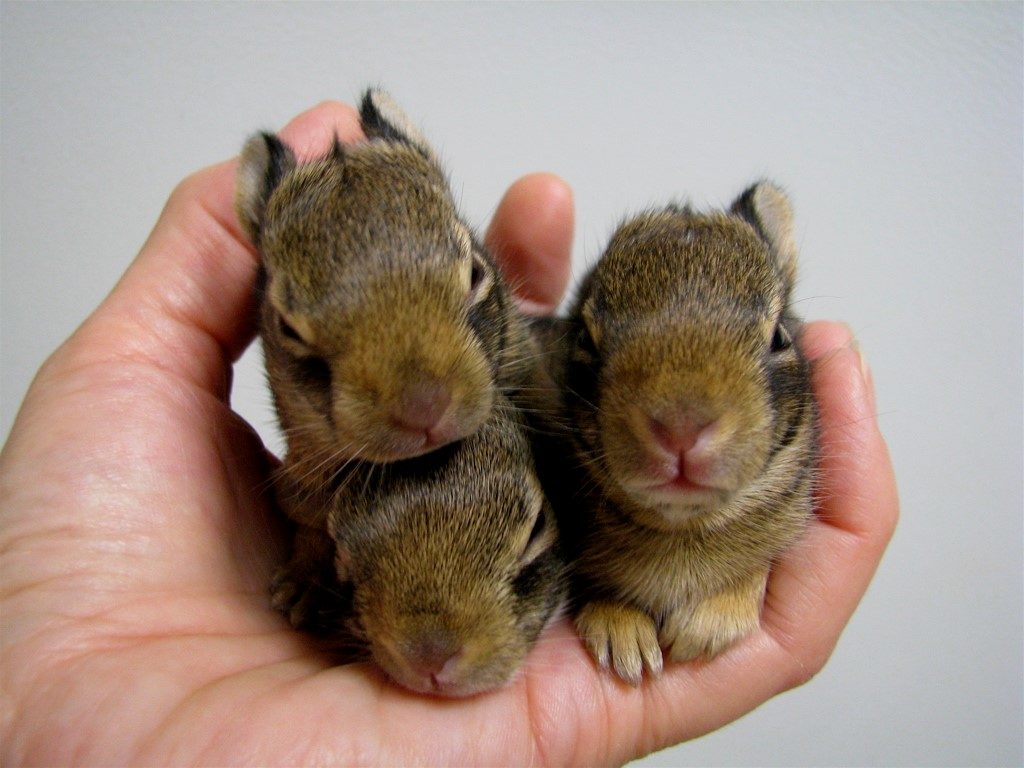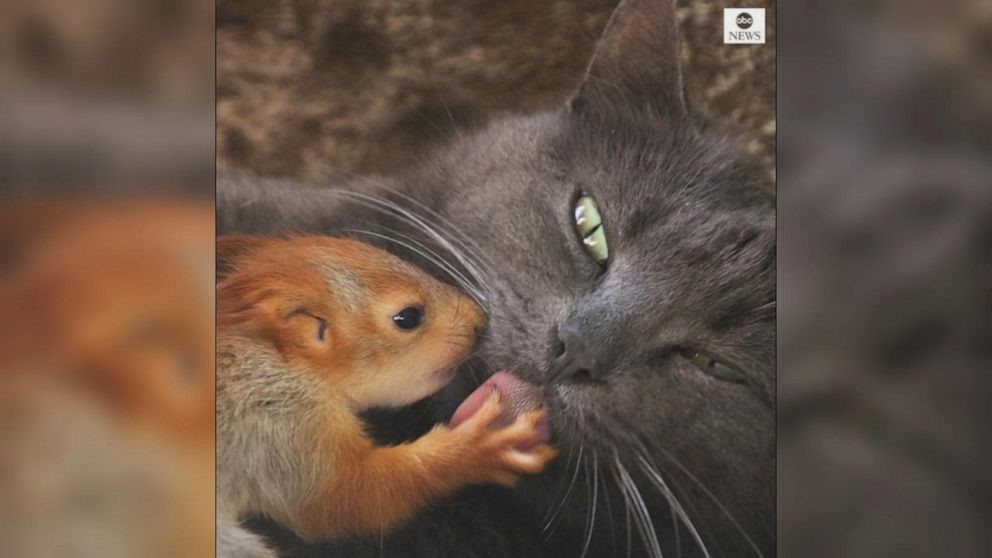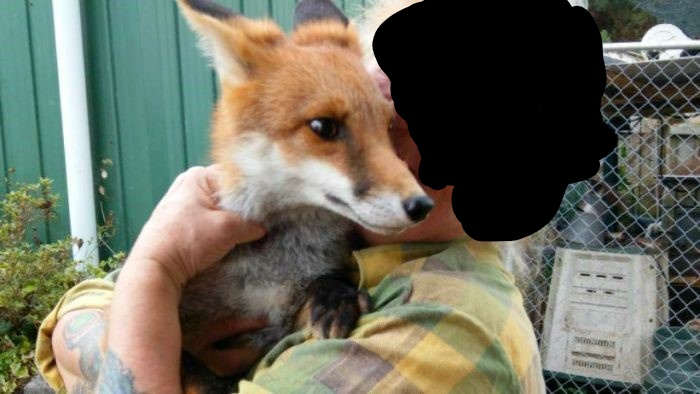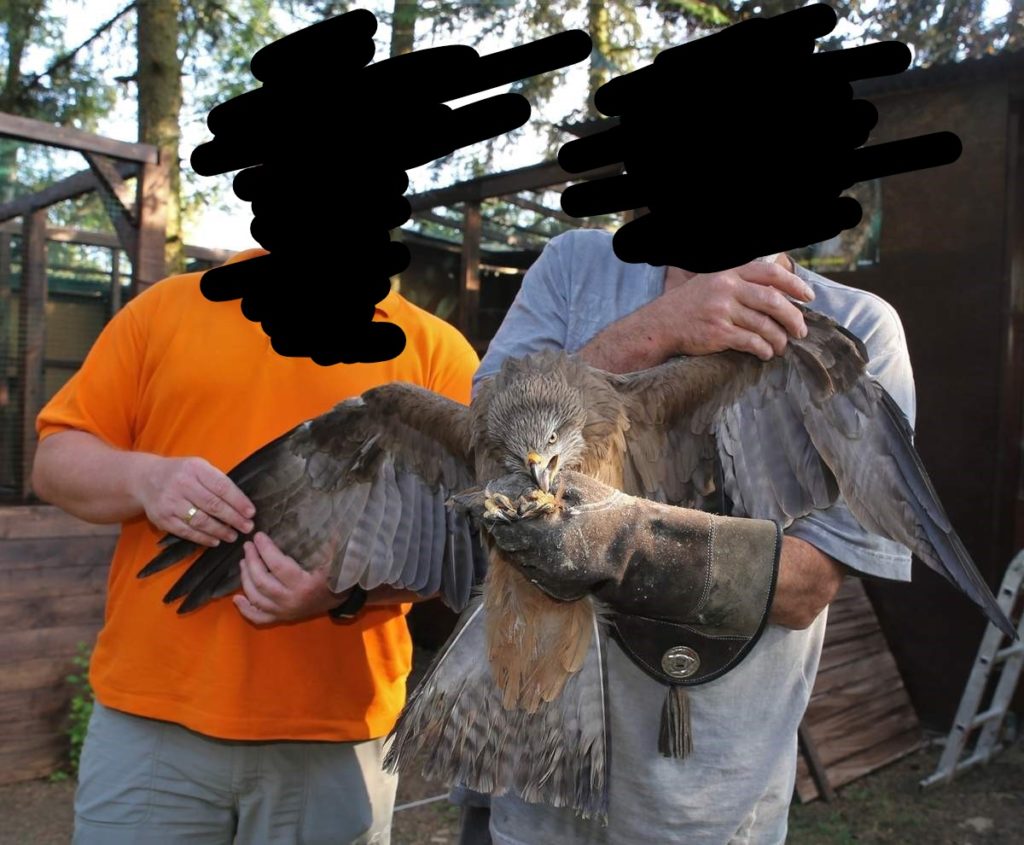Today I want to demonstrate a method of stress reduced rehabilitation and release for situations in which the animal requires a certain level of fitness/skill to be released and your facility does not have the proper training facilities available.
The wild animal, in this case, was a subadult female kestrel in good body condition. She was admitted to our centre with a fractured ulna and radius of the right wing and a fracture of the right tibiotarsal bone. Regarding the history of the injuries, we suspected a car accident.
The fractures were repaired with internal pins and bandages. The healing process was a bit delayed, probably due to the stress the patient experienced, as she was a very nervous individual in the beginning. Otherwise, the healing was uneventful.
Due to the bandaging, the kestrel displayed difficulties with feeding herself at the beginning and was hand-fed for about 2 weeks, until she was able to feed herself from a plate.
After the pins were removed the kestrel was moved from her treatment box to an indoor aviary which is approximately 2 metres x 1.5 metres – too small for flight training, but due to limited space in our facility, the only option. But the kestrel demonstrated good improvement by training herself to fly from the bottom to the top branch, a flight/jump distance of approximately 2.3 m. This is similar to the falconry method of jump-up training.
As she came in in good body condition, we knew she was able to hunt and kill prey before her accident. All we needed to know now, was whether the wing with the fracture had healed in such a way that she could use it to hunt again.
As our facility lacks big outside aviaries, we chose to use falconry methods to train the kestrel.
This method, if the bird is willing and you have the time and lack an ideal aviary, is the best possible way.
We chose not to put jesses and a creance on the untrained bird, as we believe this is too stressful for the individual and prevents the individual from displaying hunting behaviour. But in the absence of time and resources, this is also an option.
But as we rarely treat birds of prey in our facility, we do have the time for single individuals.
We started the training process by entering her aviary and offering her food only from the trainer’s hand. As she was handfed before, she picked up on that very quickly and by the 2nd session she was already standing on the fist and fed on her prey.
This was repeated a few times so that she knew that she would get food for cooperation with the human. The next step was to offer her prey which was tied to a string, a lure, to imitate prey on the ground.
This was a very quick step as she obviously was used to seeing prey on the ground. In each session, the direct contact was kept to a minimum and was stopped if stress signs were too high.
We then were able to bring her into an indoor flight room, which has, thanks to the old building style, very high ceilings. She stood on the fist for a little treat until we reached the flight room, then she was placed onto a perch. After she was comfortable enough in the new surroundings, the lure with the food was presented to her. After she “caught” the prey, she was brought back into her aviary.
This was now repeated every second day, but her hunting attempts were increased in each session. At first, she just flew to the lure. If she didn’t get it she would land and start from there again. But after a week of training, she was able to fly for longer distances and higher and finally she was able to turn mid-flight and attack. This was the start of the typical hovering of kestrels, which is a very skilful and energy-consuming hunting style.
She was trained continuously with this method until we were satisfied with her skills.
As she was a very fast learner, this did not take long.
If you have the possibility of training in a secure area outside on a creance, this would be a better approach to take, as it probably improves the survival rate even more.
We were able to release our kestrel in a suitable area and due to training, she did not fear the last catch in a towel to free her of the jesses and she was able to enjoy one last meal on the fist before she flew away.
A short video of the release was published by Wildtierhilfe Wien on Youtube
